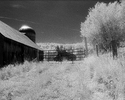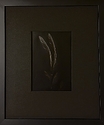I'm sure this has been askedbefore, but why is technology that is present in every cheap camera, camcorder and phone in existence so expensive? It blows my mind that a new company has not entered this arena to steal the market. It seems someone could charge 33% less and still make a killing.
Don't tell me someone can't make one for $200. They make entire cameras for that much. They make 32-inch flat screen TVs for that much.
Don't tell me someone can't make one for $200. They make entire cameras for that much. They make 32-inch flat screen TVs for that much.






 but I remember from the very first company I worked for this Pentax :
but I remember from the very first company I worked for this Pentax :


 ???
??? ........"these all time stupit thieves!!!!"
........"these all time stupit thieves!!!!"